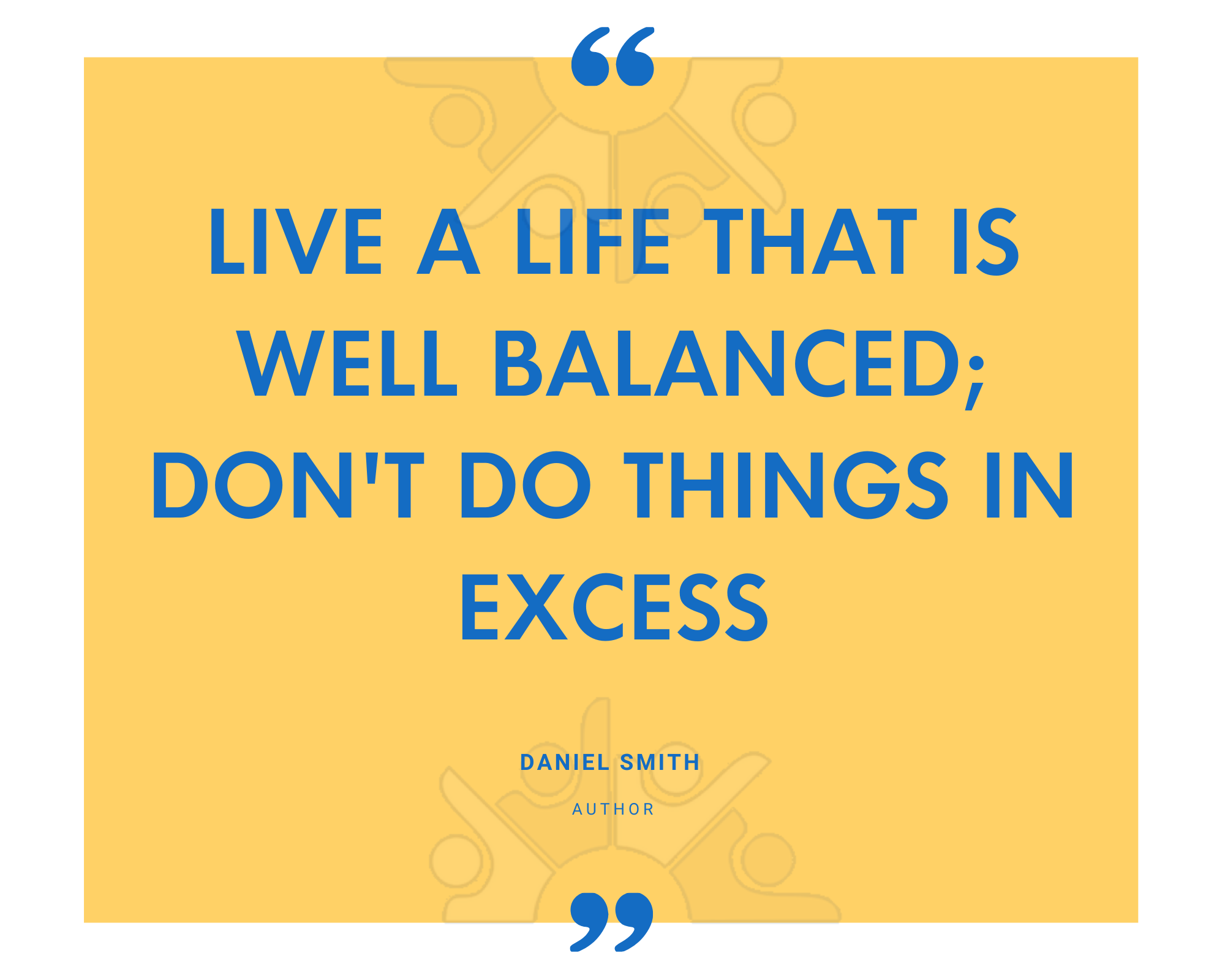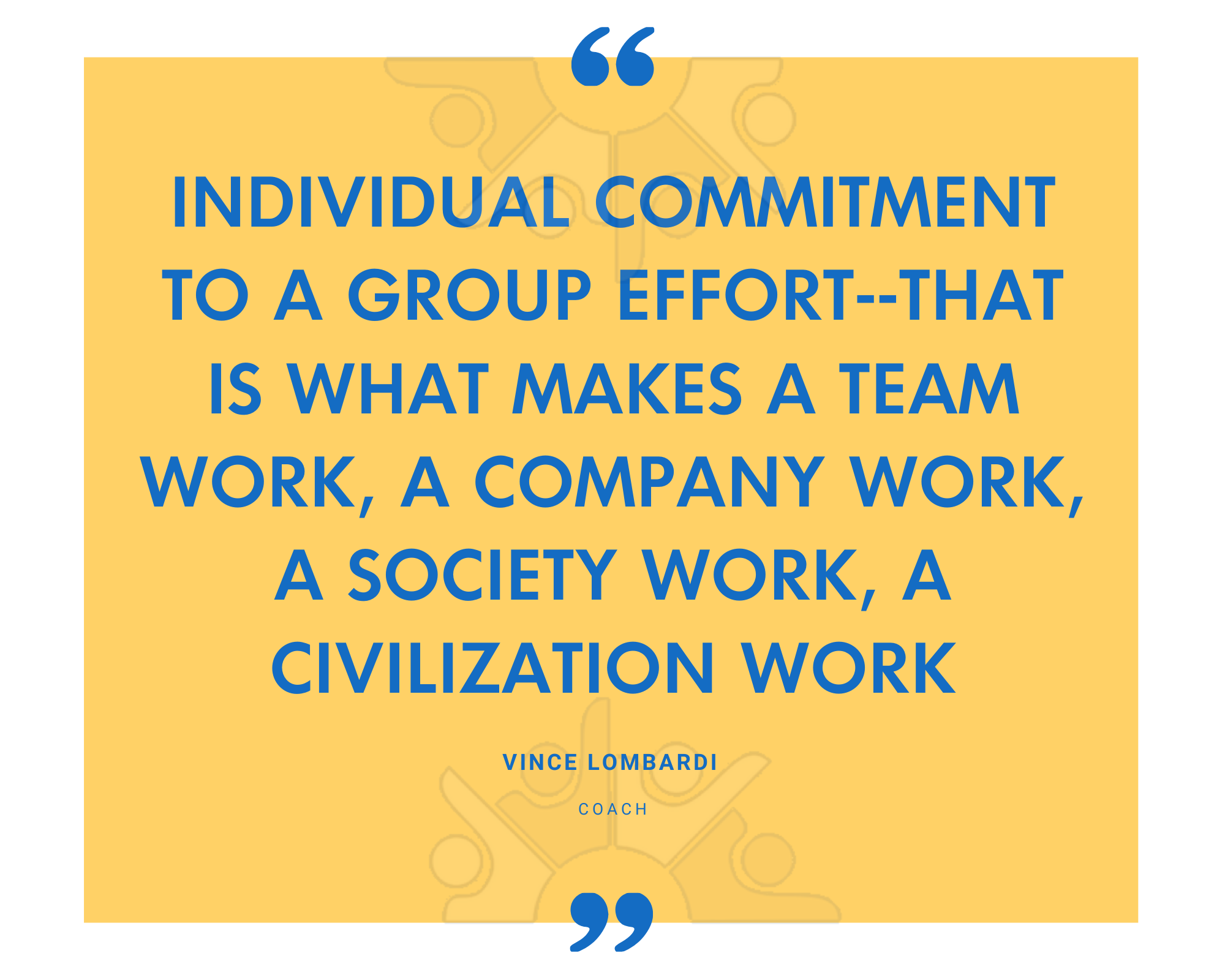With companies rapidly shifting to managing remote workers during the COVID-19 pandemic, a new dynamic is emerging which requires a different way of thinking and a new set of solutions. Making the most of your digital communications tools has become a core component for keeping your business running smoothly.
Here are some of the key problems companies and their employees may be facing while working from home, and what you can do to solve them.
 1. Struggling with work/life balance
1. Struggling with work/life balance
In normal circumstances there are plenty of touchpoints separating work from your private life: commuting, coffee breaks and various meetings punctuate your day, and when you leave the office you know you’re back on personal time.
Working from home removes all of these triggers, so it’s very easy to find your work/life balance isn’t optimal. This is where your company’s internal communications for remote employees come into play. Use your performance management tools to help managers, team leaders and other employees to set a clear daily and weekly structure. Meetings, 1-2-1s and other informal catch-ups regularly scheduled to align with a normal working day in the office can help provide those familiar working moments and keep work and life separated.
2. Feeling isolated or distracted
Each employee working remote has unique circumstances. Some may be living with large families and have to deal with their kids’ interruptions and other household emergencies (real or imagined), while others could be living on their own, and might be struggling with loneliness. Whatever their situation, companies need to be sensitive to the various pressures their staff may be experiencing.
Managers and team leaders can use their company’s internal communications platform to help build stronger relationships with their staff and offer any help and support where necessary. At all levels of the company, setting a clear schedule and small catch-ups will help keep people focused on work when it is required while keeping the right people in the loop if problems arise. Whenever possible, managers should inquire into the physical and mental health of their employees, so that if necessary time off can be coordinated due to stress or illness.
3. Lacking clarity on objectives
Keeping everyone focused on the right goals can be difficult enough when everyone is working together in the same building. Managers, team leaders and their staff often rely on brief but frequent face-to-face chats to make sure everyone’s in the loop on any changes and updates.
Creating visible goals in your performance management tools, so that everyone from the executive to management and team players can clearly review the status of their objectives, provides your company with a solid foundation for hitting your OKRs. You should also optimize your multi-channel communications to ensure the goals with the highest priority can be addressed the fastest.

4. Inconsistent feedback and appraisals
Managing the workforce during COVID-19 is often about managing disruption. Juggling to coordinate leaders and employees online can sometimes mean that regular feedback and monthly appraisals slip off the radar.
Make sure you build these into your weekly and monthly schedule and keep the feedback flowing not only in alignment with your objectives and key results but via any other channels you have at your disposal. Quarterly appraisals can also be performed via your performance management tools, and you can gather additional feedback such as eNPS surveys while using analytics to track employee sentiment.
5. Poor team alignment
 Teams used to working in close quarters are particularly susceptible to suffering in performance while working remotely. These are the employees who rely on a constant back and forth of often verbal information, so in order to manage them effectively, they need the means to communicate instantly from their remote workstations.
Teams used to working in close quarters are particularly susceptible to suffering in performance while working remotely. These are the employees who rely on a constant back and forth of often verbal information, so in order to manage them effectively, they need the means to communicate instantly from their remote workstations.
Managers should encourage these team members to make the most of your internal communications platform’s content newsfeed, giving them the scope to share articles, videos, files and anything else which other members of their team need to see. These instantaneous updates will help your company keep departments and teams aligned and on track to meet their goals.
6. No brainstorming “water cooler” moments
Perhaps the best-known aspect of Google’s culture of innovation is their practice of building “water cooler”-style spaces into their offices. Shared kitchens, games rooms and other communal areas provide the framework in which employees can have casual brainstorming moments and better understand the challenges others are facing.
Creating “digital water coolers” while remotely managing employees helps to bring these informal brainstorming moments back into play. Setting up forums and message boards on your intranet and creating group chats where people can share on-the-fly updates and ideas will allow your teams and employees to continue to innovate while working from home.
7. Reduced performance recognition
Companies that place a high value on their culture of performance and recognition promote these values throughout all levels of the business. You can keep these values visible and continue recognizing the great performance of employees working from home during the COVID-19 lockdown using your internal communications channels.
This recognition can be from management to employees or peer-to-peer – the important thing is to create the space where everyone can say “Well done” for effective work and useful contributions to a given project. As the study from Gallup, Employee Recognition: Low Cost, High Impact explains:
“Workplace recognition motivates, provides a sense of accomplishment and makes employees feel valued for their work. Recognition not only boosts individual employee engagement, but it also has been found to increase productivity and loyalty to the company, leading to higher retention.
Beyond communicating appreciation and providing motivation to the recognized employee, the act of recognition also sends messages to other employees about what success looks like. In this way, recognition is both a tool for personal reward and an opportunity to reinforce the desired culture of the organization to other employees.”
Use your digital tools to reinforce a culture of recognition, awarding great performers and taking any opportunity to work on personal development plans of the employees who need it the most.






